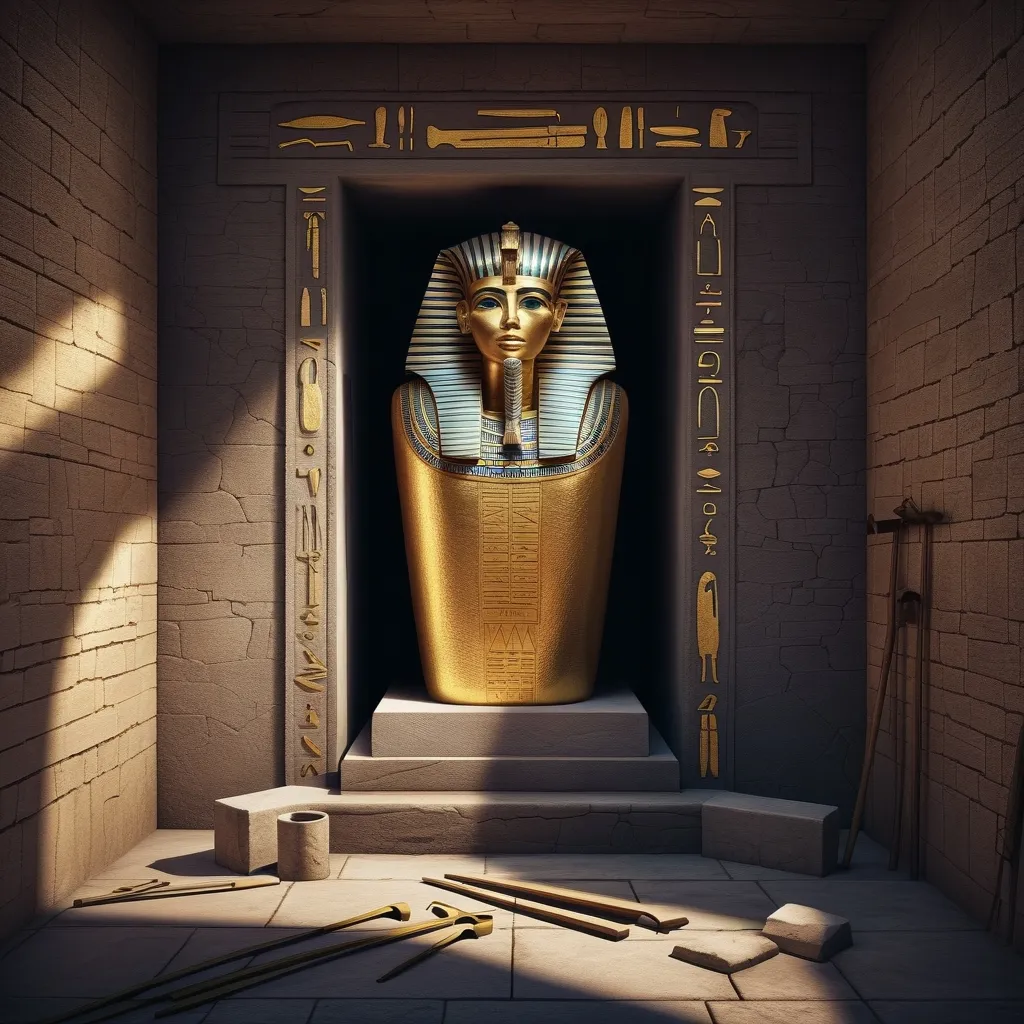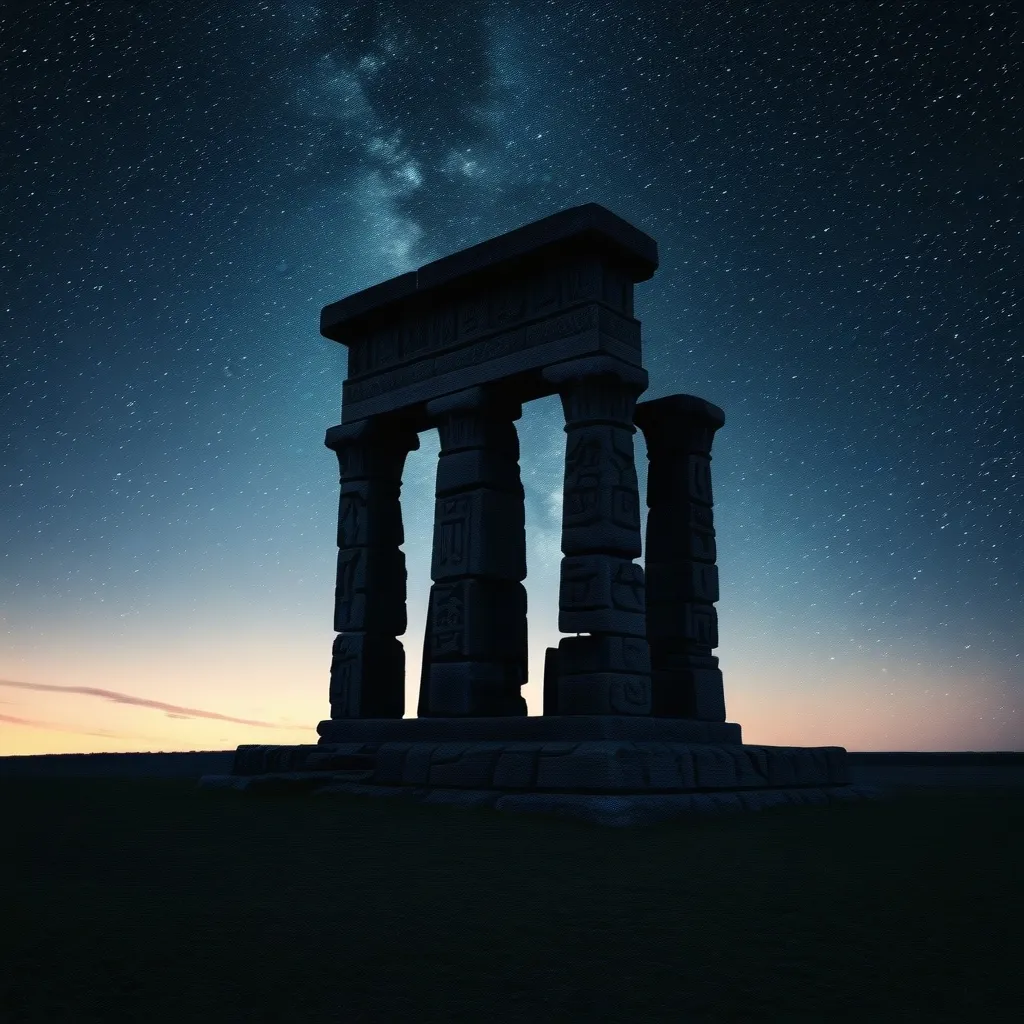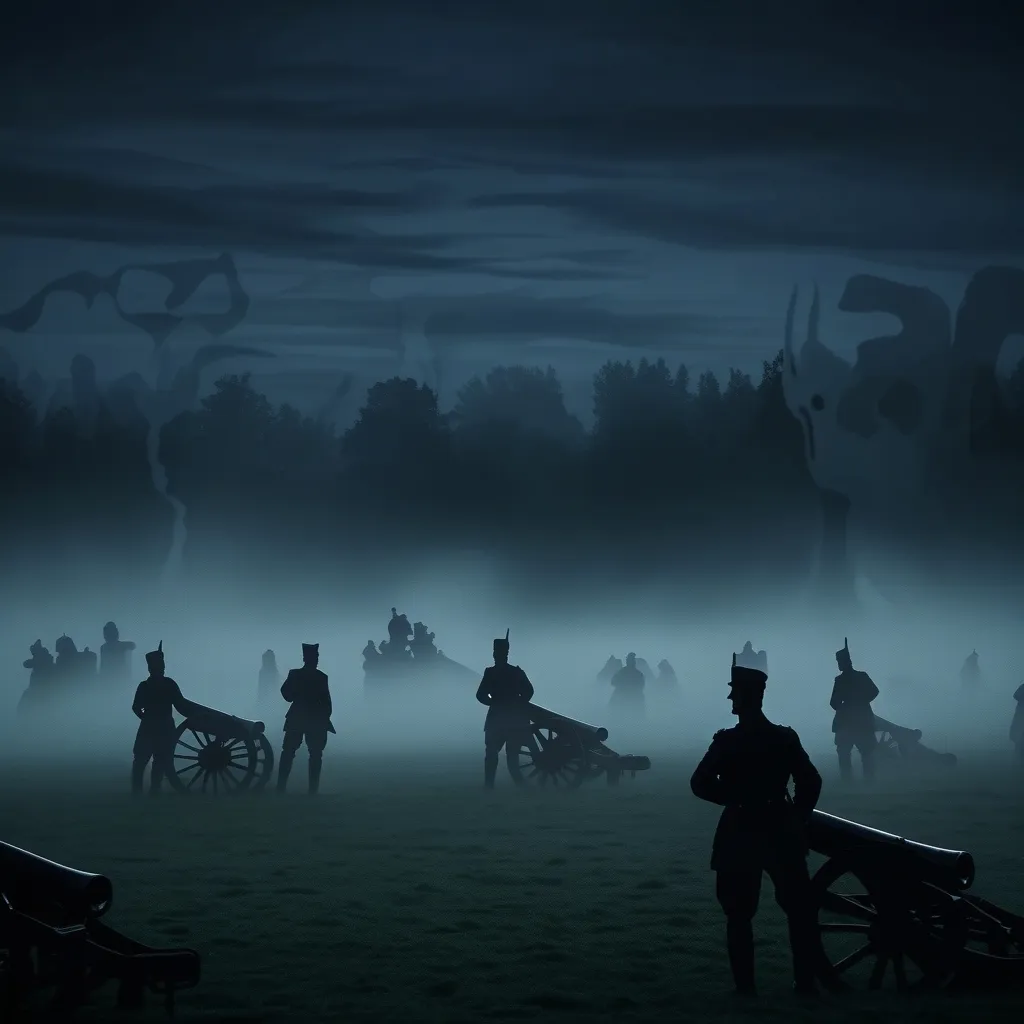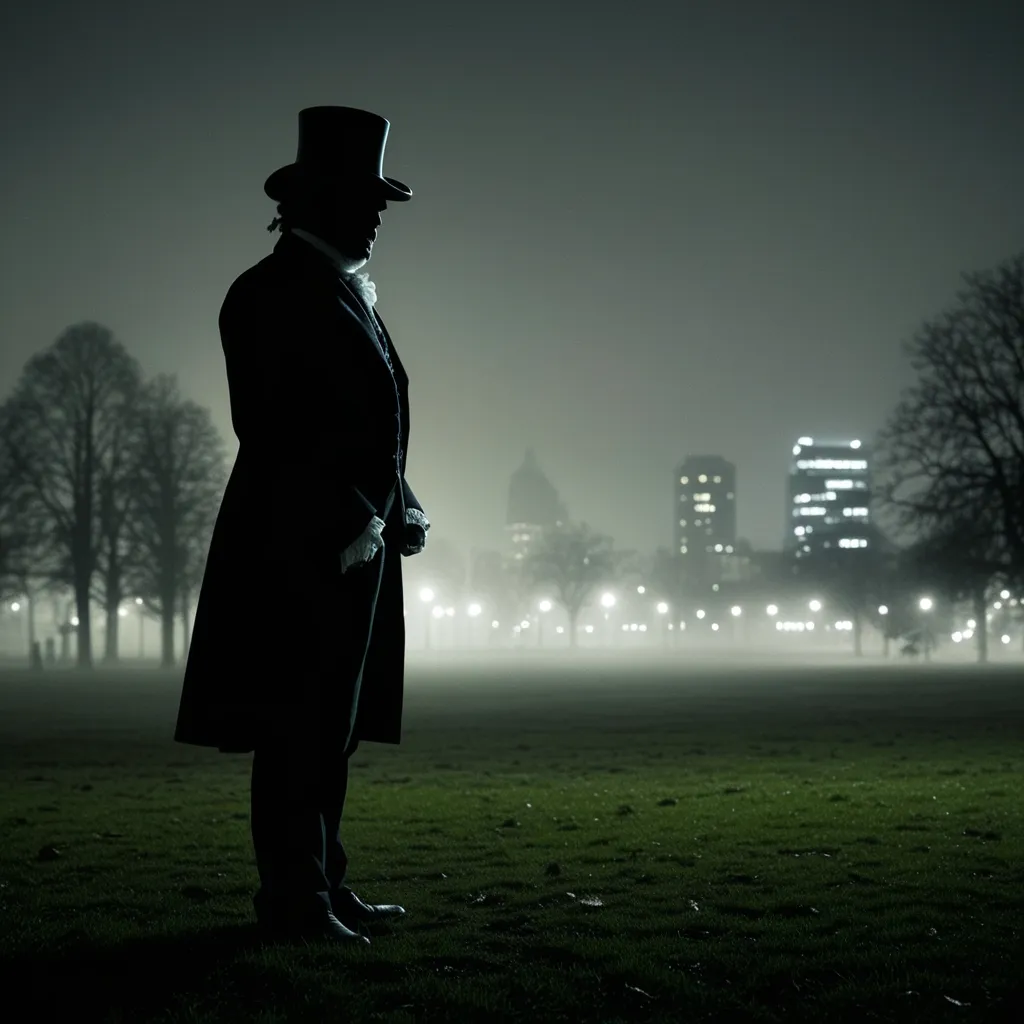The Curse of King Tut: Unraveling the Mystery Behind Ancient Egypt’s Most Famous Tomb
When Howard Carter unearthed King Tutankhamun’s tomb in 1922, he had no idea he was about to unleash one of the most enduring legends in archaeological history. The Curse of King Tut has captivated imaginations for a century, sparking debates about whether disturbing the pharaoh’s rest unleashed an ancient plague.
Let’s dive into this fascinating tale and separate fact from fiction. Trust me, it’s a wild ride!
The story begins with Lord Carnarvon, the excavation’s financier. Just weeks after the tomb’s opening, Carnarvon kicked the bucket from what was reported as blood poisoning and pneumonia. Talk about bad timing, right? This unfortunate event, combined with Carnarvon’s existing health issues, fueled rumors of a deadly curse.
But here’s the kicker - there was no actual curse inscribed anywhere in the tomb. That famous warning, “Death will slay with his wings whoever disturbs the pharaoh’s peace,” is pure Hollywood. It’s like someone decided to spice up history with a dash of supernatural drama.
Now, you might be wondering where this curse idea came from if it wasn’t etched in stone. Well, it turns out that the notion of cursed mummies seeking revenge was already a thing before Tut’s tomb was even discovered. Stage shows featuring mummy unwrapping had primed the public for this kind of spooky stuff. It’s like the ancient Egyptian version of a horror movie trailer.
But let’s not dismiss the curse theory too quickly. Some scientists have cooked up some pretty interesting explanations for the mysterious deaths associated with the tomb. One theory suggests that ancient pathogens and toxins lurking in the tomb could have caused health issues. Mold and bacteria like Aspergillus niger and Aspergillus flavus have been found in Egyptian tombs, and they can cause nasty allergic reactions and respiratory problems.
However, experts argue that these pathogens would have caused immediate illness rather than delayed deaths. Plus, the conditions inside the tomb were probably cleaner than outside. I mean, have you ever been to a construction site? Not exactly the pinnacle of hygiene.
Another recent theory proposes that the tomb contained toxic levels of radiation from uranium and other hazardous materials. This could explain some of the health issues and cancers among those who entered. But before you start picturing glowing mummies, remember that radiation isn’t unique to Tut’s tomb. It’s been found in other ancient Egyptian sites too.
Now, let’s talk about the people involved in the excavation. Howard Carter, the guy who actually discovered and opened the tomb, lived for almost two decades after the event. He died in 1939 from cancer, which doesn’t exactly scream “cursed by an angry pharaoh,” does it?
And then there’s Sgt. Richard Adamson, who guarded the burial chamber for seven years. You’d think if anyone was going to get zapped by a curse, it’d be the guy hanging out in the tomb day and night. But nope, Adamson lived a long life, probably telling great stories at parties about his time as Tut’s personal bouncer.
So why has this curse legend stuck around for so long? Well, it’s a potent mix of sensationalism and our human love for a good mystery. The media had a field day with the story, and let’s be honest, “Ancient Curse Kills Explorers” is a way catchier headline than “Elderly Man Dies of Natural Causes.”
The idea of a curse also served a practical purpose. It was a great deterrent against grave robbers. Think about it - would you want to risk eternal damnation for a few golden trinkets? Even Shakespeare wrote about similar warnings to keep tomb raiders at bay. It’s like the ancient Egyptian version of those “Beware of Dog” signs.
But let’s not forget the real treasure here - the tomb itself. Untouched for over 3,000 years, it was a goldmine (literally) of archaeological data and stunning artifacts. Each item offered a glimpse into the life and death of an ancient pharaoh. It’s like finding a time capsule, but instead of old candy wrappers and baseball cards, it’s filled with priceless historical treasures.
The discovery of Tut’s tomb was a game-changer for Egyptology. It provided a wealth of information about ancient Egyptian culture, funerary practices, and royal life. The intricate craftsmanship of the artifacts, the elaborate burial rituals, and the sheer opulence of the tomb’s contents have given us invaluable insights into this fascinating civilization.
One of the most iconic items found in the tomb is the golden death mask of Tutankhamun. This stunning piece of art has become synonymous with ancient Egypt and is recognized worldwide. It’s not just a pretty face, though. The mask provides crucial information about Egyptian beliefs about the afterlife and the importance of preserving the pharaoh’s likeness.
The tomb also contained a treasure trove of everyday items that the young pharaoh would need in the afterlife. From golden chariots to board games, these objects paint a vivid picture of life in ancient Egypt. It’s like Tut packed for the ultimate vacation - one that would last for eternity.
But the tomb’s contents weren’t just about bling and luxury. They also revealed the human side of this ancient ruler. X-rays of Tut’s mummy showed that he had a slightly cleft palate and a mild form of scoliosis. These findings humanize this legendary figure, reminding us that beneath the golden mask was a real person with real challenges.
The discovery of Tut’s tomb also sparked a renewed interest in ancient Egypt around the world. It inspired a wave of Egyptian-themed art, fashion, and architecture. The 1920s saw an explosion of “Egyptomania,” with everything from jewelry to furniture sporting Egyptian motifs. It’s like the whole world caught ancient Egypt fever!
But with great discovery comes great responsibility. The excavation and subsequent handling of Tut’s artifacts raised important questions about archaeological ethics and the preservation of cultural heritage. Who has the right to these treasures? How can we balance scientific study with respect for ancient customs and beliefs?
These questions are still relevant today, as countries around the world grapple with issues of repatriation and cultural ownership. The story of Tut’s tomb reminds us of the complex relationship between the past and the present, and the importance of treating historical artifacts with respect and care.
So, what’s the verdict on the Curse of King Tut? Well, it’s probably not a deadly plague unleashed by angry mummies. But it is a fascinating story that has become part of our cultural DNA. It reminds us of the power of storytelling, the allure of mystery, and our enduring fascination with the ancient world.
The curse legend also serves as a cautionary tale about the dangers of sensationalism and the importance of critical thinking. It’s easy to get caught up in a thrilling narrative, but it’s crucial to look at the facts and consider alternative explanations.
At the same time, the enduring popularity of the curse story speaks to something deeper in human nature. We love a good mystery, and we’re drawn to the idea that there might be forces in the world that we don’t fully understand. The curse legend taps into our sense of wonder and our desire to believe in something beyond the ordinary.
In the end, the true magic of King Tut’s tomb isn’t in any supposed curse, but in the window it provides into an ancient world. Each artifact, each hieroglyph, each carefully preserved detail tells us something about the people who lived thousands of years ago. It’s a reminder of our shared human history and the enduring power of culture and belief.
So the next time you hear about the Curse of King Tut, remember that the real curse might be missing out on the amazing history and science behind this incredible discovery. After all, the truth is often more fascinating than fiction - even if it doesn’t come with a side of supernatural vengeance.






